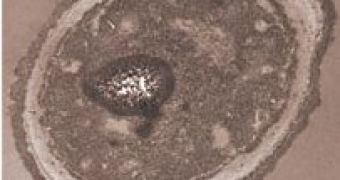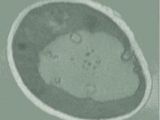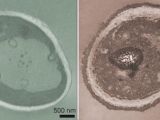Living cells used in bioengineering applications, like for repairing bones, could have a longer lifespan and be more efficient thanks to a highly permeable shell made for them, US scientists said.
This coating that expands cells' life by almost 80% up to six days, has been developed by Vladimir Tsukruk and colleagues at the Georgia Institute of Technology, Atlanta, in collaboration with a team at Wright-Patterson Air Force Base.
This is an important breakthrough because current coatings allow a lifespan of only a few days and a survivability rate of 20%-30%.
The researchers developed their coating by using hydrogen bonding instead of ionic forces, causing far less damage to the cell, RSC reports.
This newly obtained coating combines tannic acid – a naturally occurring weak acid with antioxidant and antibacterial properties, and poly(N-vinylpyrrolidone) – a neutral non-toxic polymer, and since both these components are known to be biocompatible, they form a shell with a stable pH and a porous surface structure, which allows the passage of essential cell nutrients.
Living cells are very important for biosensors and tissue engineering, because they can be incorporated into a wound or a bone fracture and stimulate tissue regeneration, for example.
The problem was that in these hostile environments, these cells needed a protective coating that doesn't block the nutrients that keep it alive.
This is all a matter of the past now, even if Tsukruk says that weak permeable shells are not easy to assemble.
“They become unstable and decay within a few hours,” he explains, and even if robust shells are made by alternating cationic and anionic polymer layers, the cations' positive charge can actually kill them.
Francesca Cavalieri of the University of Rome 'Tor Vergata', Italy, a specialist in designing polymer structures like microcapsules for drug delivery and tissue engineering, says that “the chemical and practical procedure must be compatible with the cell viability.”
She agrees with Tsukruk's use of minimally invasive hydrogen bonding, but warns that “an increase in temperature could break the hydrogen bonding interaction and disassemble the multilayer film.”
The scientists hope to develop their research further in order to remove all cationic components from the coating and further increase cell viability.

 14 DAY TRIAL //
14 DAY TRIAL // 

